@NilgiriYeah I'm aware of this, what about the MKI ?
Any plan to install AESA radar ?
indigenous scaled up UTTAM AESA radar?
Last edited:
@NilgiriYeah I'm aware of this, what about the MKI ?
Any plan to install AESA radar ?
I think both the MKI and F-15J/DJ needs significant update to go toe to toe with the latest Chinese flankers.
@Nilgiri
Yeah I'm aware of this, what about the MKI ?
Any plan to install AESA radar ?
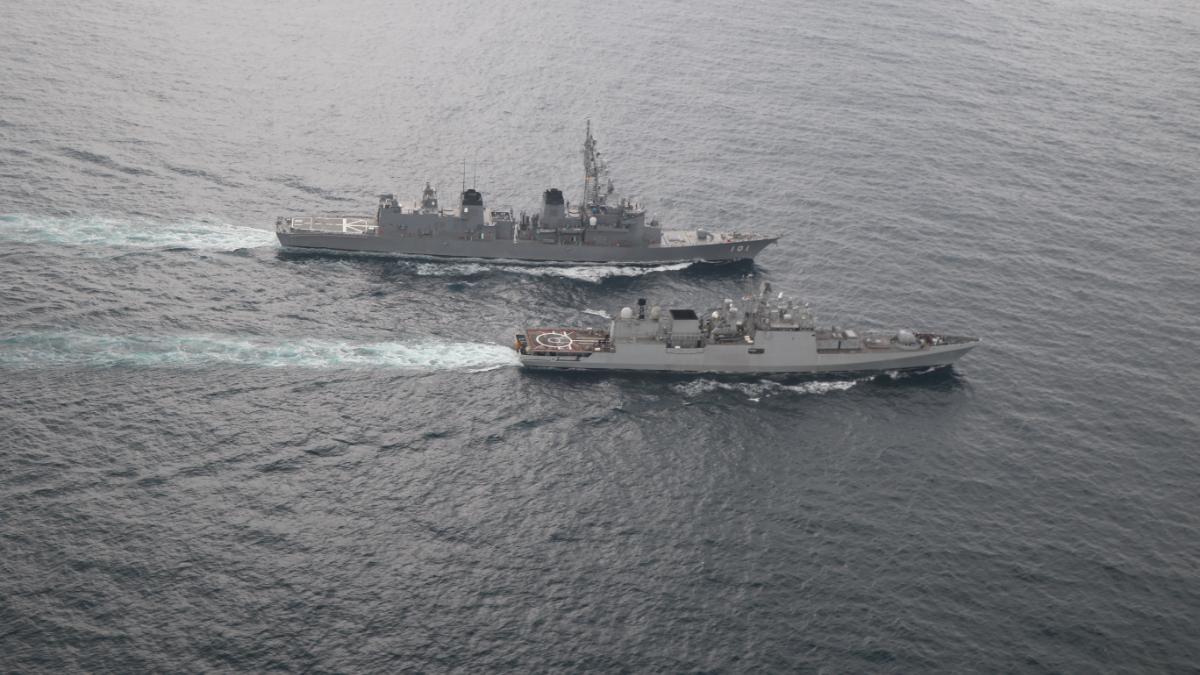

A good read:

Will the Quad Tangle with the O-RAN Alliance?
Reduced dependency on the Chinese digital infrastructure, its suppliers and the Chinese-influenced technical standards will serve as common ground for Quad collaboration on O-RAN development.thewire.in
Some excerpts:
Technology was a major area of focus during the first in-person summit held in the United States. The Quad has already created a working group on critical and emerging technologies to facilitate cooperation and innovation between the states. Semiconductors and 5G were the areas of focus in the technology sphere with an idea of using alternative 5G technology to create a global communications standard.
A 5G deployment and diversification effort is already in the works with the “support and the critical role of Quad governments in fostering and promoting a diverse, resilient and secure telecommunications ecosystem,” as mentioned by White House officials.
This is where open radio access networks (O-RAN) and the O-RAN alliance come into the picture.
Nokia’s exit can be a game-changer
Nokia, which was one of the founding members of the O-RAN alliance, recently decided to temporarily halt its work on the O-RAN system due to fears of sanctions by the United States government. This was in response to the federal government in the United States blacklisting several Chinese companies which were officially part of the alliance.
Nokia, on the other hand, was explicit in its statement about how these firms hold considerable clout in the industry and cannot be excluded from the organisation. The representatives from Nokia have stressed the need to access and use the 5G technology owned by these Chinese firms to develop the open RAN system. However, with the threat of sanctions looming for working with the Chinese firms, Nokia decided to put its commitment to the O-RAN alliance on hold."
One of the founding principles of the O-RAN alliance was to break the oligopoly of the telecom market. While India and Japan have already stated that they wished to work together on 5G, the Quad summit’s focus on technology would help provide better opportunities for the firms located in these states in spearheading the creation of a global O-RAN network for improved communications.
With China maintaining a stranglehold over 5G patents and technical standards through its companies, other states are looking to diversify their telecom supply chains.
O-RAN offers a particularly enticing method for those looking to navigate the complexities of 5G networks. It is aimed at ensuring interoperability and clearing the problems that might persist with using different companies’ equipment for running 5G networks. This, combined with the strategic importance that 5G holds in the technology domain, will help the Quad and its allies to develop a common global communication system. This, in turn, would allow each state to not rely on a single entity’s technology but to set up networks using their trusted local companies and would provide the opportunity to create a worldwide standard for communication.

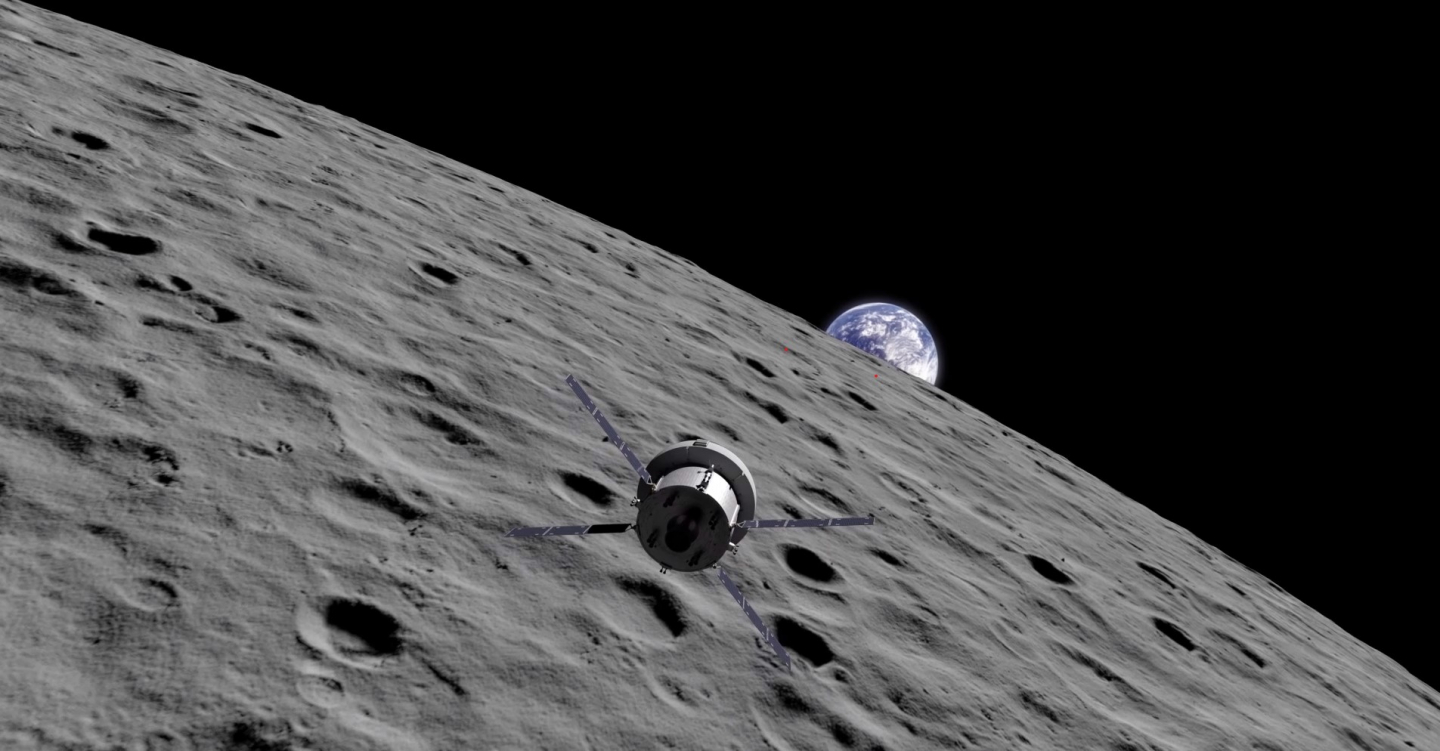






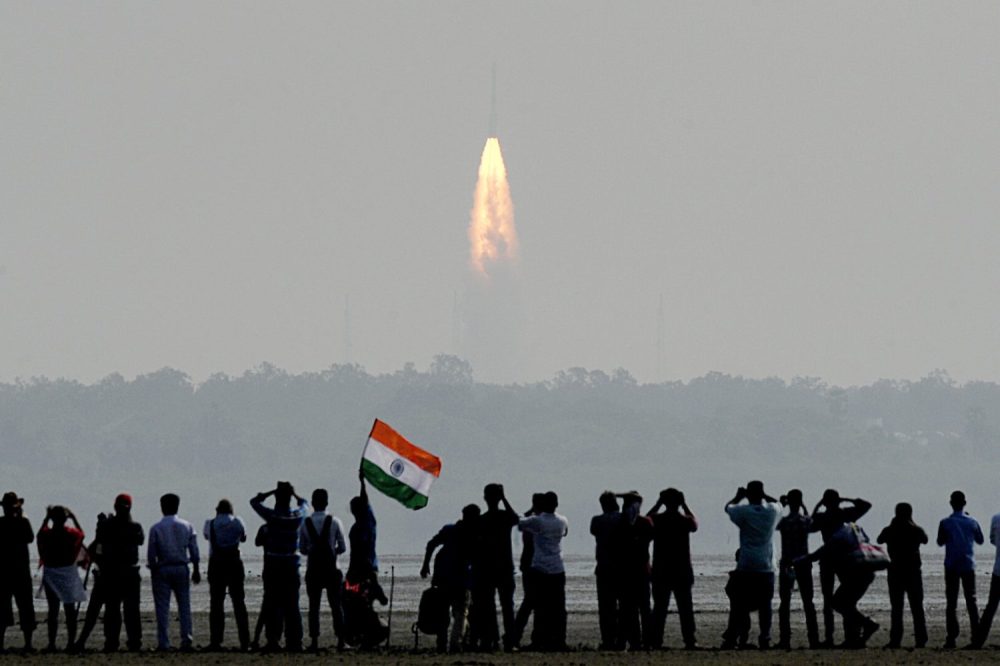
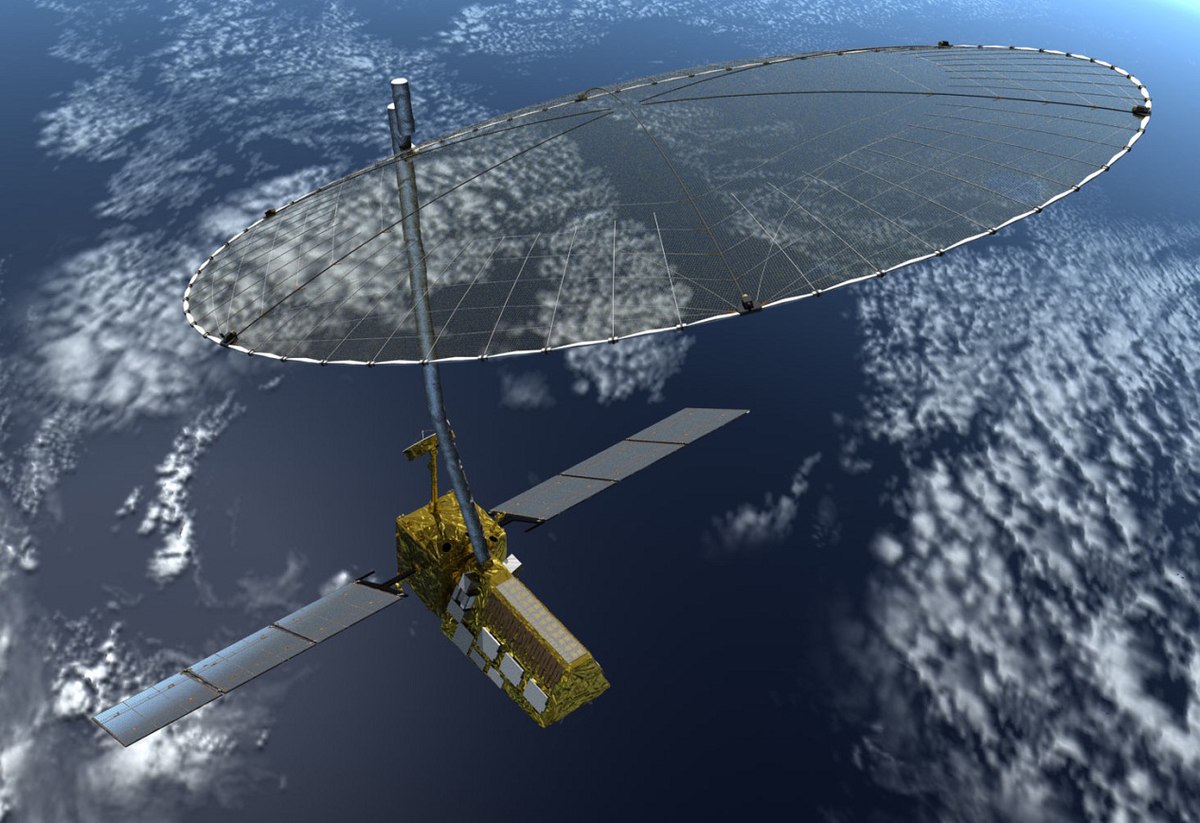
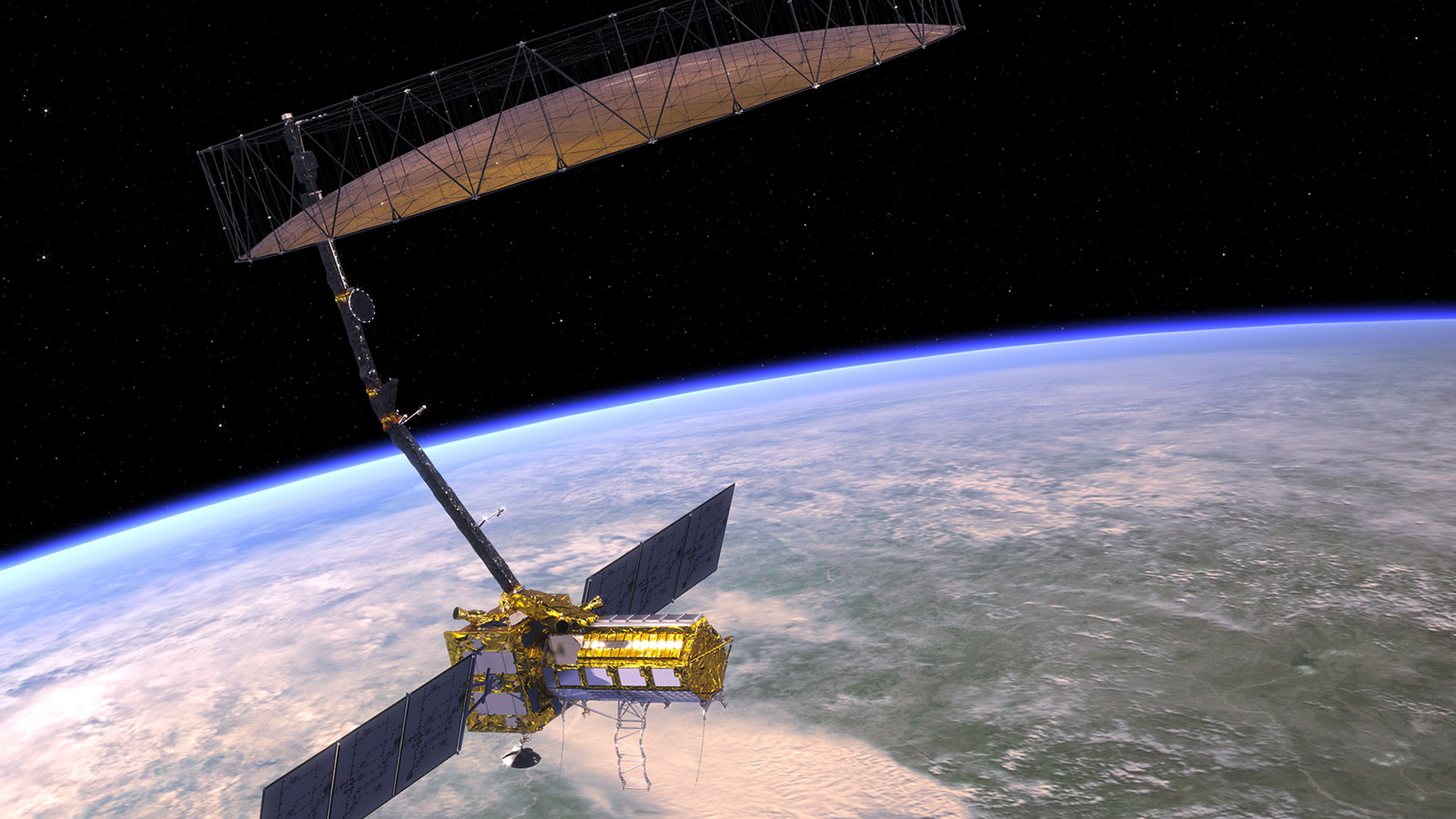


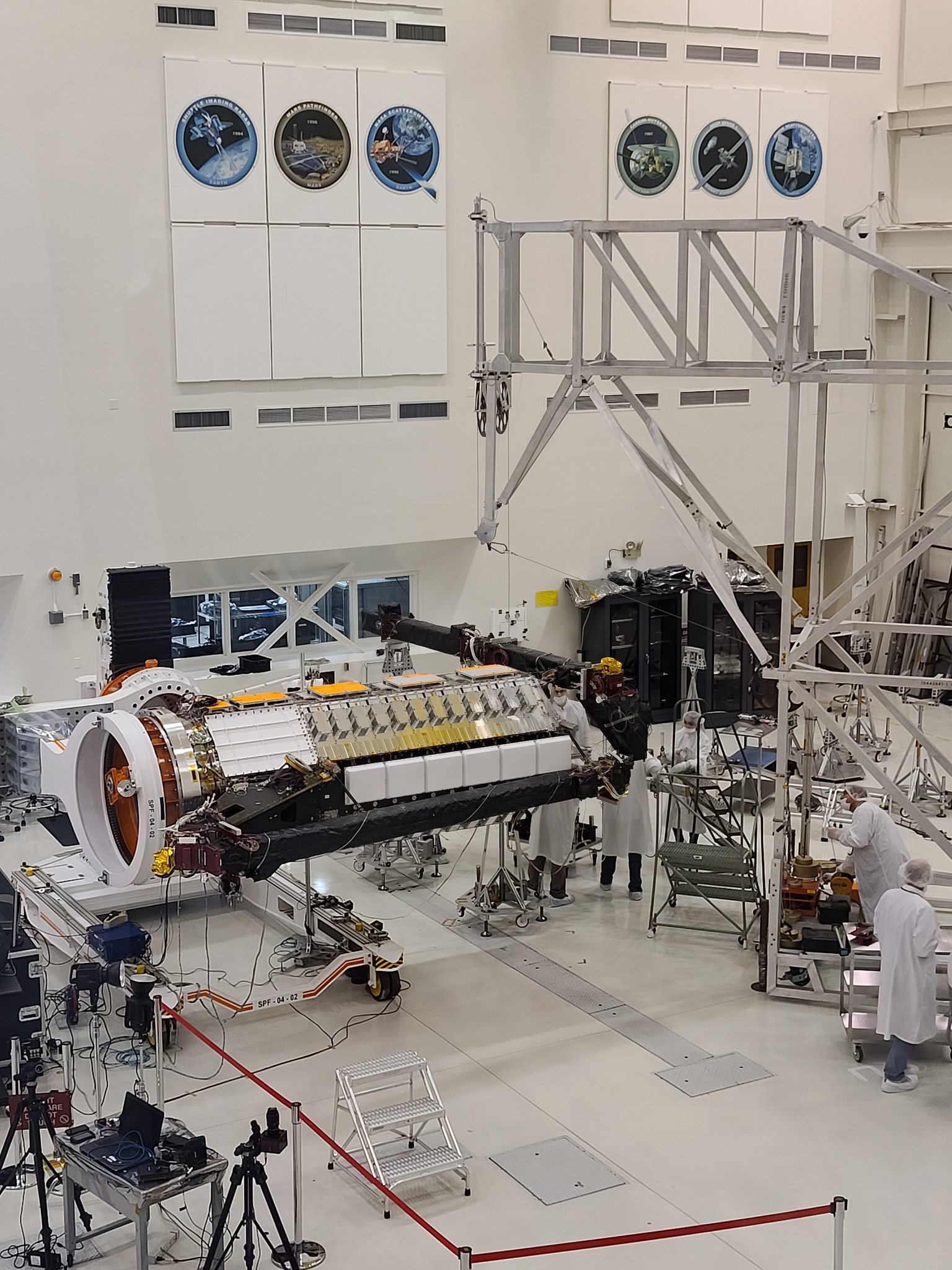
Keeping all the above developments & growing technological and strategic convergence in mind, this is purely something that I'm proposing of my own accord...
With the QUAD nations cooperating in the three critical domains of Space, Technology & Climate Change - here's something that falls right in between that Venn Diagram:
The NISAR (NASA-ISRO Synthetic Aperture Radar) Satellite Program
A first-of-its-kind Dual Band SweepSAR technology made jointly by the United States & India.


An earlier iteration of the design
Currently under construction at a shared development cost of $1.5 billion, the NISAR is one of (if not the) most expensive Earth-Observation satellites ever built.
NISAR is the first satellite mission to collect radar data in two microwave bandwidth regions, called the L-band and the S-band, to measure changes in our planet's surface less than a centimeter across (>0.01m). This allows the mission to observe a wide range of Earth processes, from the flow rates of glaciers and ice sheets to the dynamics of earthquakes and volcanoes.

Current (and final) iteration of the design
The NISAR obtains this data using a revolutionary new radar imaging technique called SweepSAR, in the words of the official website:
"...NISAR’s large deployable antenna will be used in a unique operating mode known as SweepSAR to provide wide area coverage and fine spatial resolution at the same time. When it transmits microwaves, the radar’s signal feed is stationary, producing a narrow beam of microwave energy. But when it receives the returning signal echoes, the radar feed sweeps its beam across the antenna’s reflector, thus giving SweepSAR its name.
Because the radar cannot receive echoes when it is transmitting, there would be gaps in the swath if the radar’s pulse rate were fixed. NISAR has the ability to vary the pulse rate of the transmitted signal in order to move the gaps around over time. The data can then be processed to gapless imagery by interpolating across the gaps.
SweepSAR is a novel radar technique and NISAR will be its first space-based use. The L-band and S-band radars are designed to work independently or together. SweepSAR was designed, conceived and refined jointly by JPL and German Space Agency (DLR) engineers during the early mission study phase..."

SweepSAR | Get to Know SAR – NASA-ISRO SAR Mission (NISAR)
NASA’s first global SAR mission, in partnership with ISRO, providing data for studying hazards, changes in glaciers and ice sheets, and global environmental change.nisar.jpl.nasa.gov
The work share for the project is broadly divided as the L-band TRM (Transmit-Receive Module) package, the Radar Instrument Structure (the housing for the radar electronics of both bands), GPS & the 12-meter Radar Reflector Antenna being supplied by the American side, and the S-band TRM package, the Star-tracking navigation system, Solar Arrays & the Spacecraft itself (based on ISRO's I-3K Satellite Bus), along with the launch services being provided by the Indian side.

The satellite is currently under construction, earlier this year a shipment of S-band radar electronics from India was received at the Jet Propulsion Laboratory (JPL) in Pasadena, California.

After the radar electronics' intergration is completed probably next year, the module will be shipped to India, where ISRO's Space Applications Centre (SAC) will integrate the payload module with the I-3K Satellite Bus, and perform various integrity tests. The NISAR satellite expected to be launched onboard an Indian GSLV Mk-II rocket in 2023 (planned), from ISRO's launch pads in Southern India.
View attachment 33834
GSLV Mk-II
The NISAR is uniquely designed to study the effects of Climate Change like never before. Considering the QUAD member-states of Japan & Australia are among the countries most likely to be effected by climate change, should the scope of the NISAR program be expanded to include them?
I'd say yes. I'd suggest a "NISAR+" or "QUADSat" series of 2-3 more of these satellites as a key joint program to further build cooperation & to create common solutions for common problems, leveraging the substantial space application capabilities of JAXA and also allowing the Australian Space Agency to work on advanced programs that can directly have a positive effect on their sustainability of their continent-nation.
The NISAR is uniquely designed to study the effects of Climate Change like never before. Considering the QUAD member-states of Japan & Australia are among the countries most likely to be effected by climate change, should the scope of the NISAR program be expanded to include them?
I'd say yes. I'd suggest a "NISAR+" or "QUADSat" series of 2-3 more of these satellites as a key joint program to further build cooperation & to create common solutions for common problems, leveraging the substantial space application capabilities of JAXA and also allowing the Australian Space Agency to work on advanced programs that can directly have a positive effect on the sustainability of their continent-nation.

There is also a "newer" quad emerging apparently between US-Israel-India and UAE. It will be interesting to follow given what Israel has achieved....and what UAE can fund (and wants to achieve as well).
Earlier related bit I made in quad thread:
However this one goes, hopefully they pick a different name to "Quad" again heh...
@500 @Philip the Arab et al.
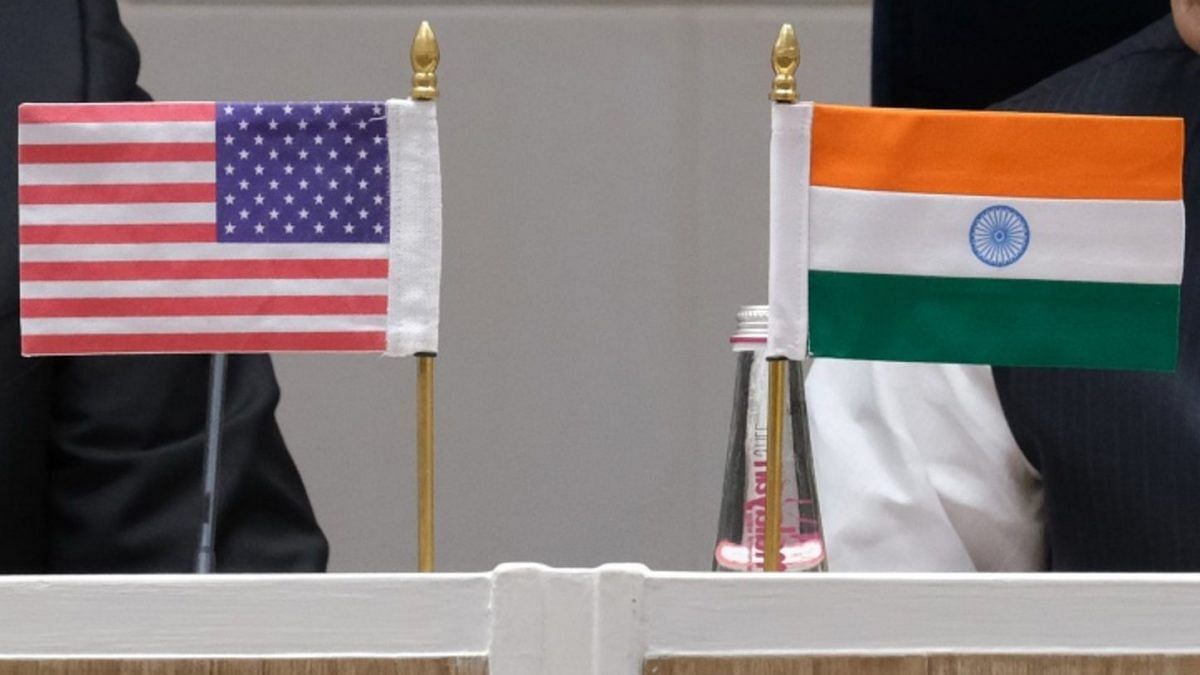
 theprint.in
theprint.in
How will this affect the India Iran relationship?
